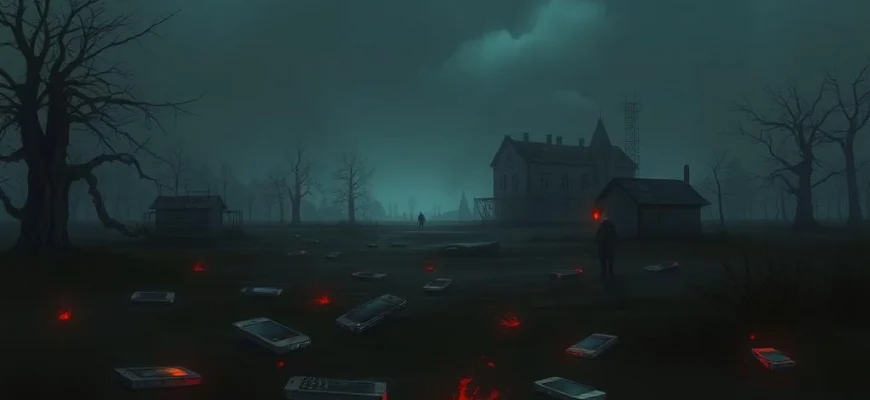If you enjoyed the chilling suspense and apocalyptic horror of 'Cell' (2016), you're in for a treat. This article explores 10 similar movies and shows that deliver the same eerie atmosphere, gripping storytelling, and terrifying twists. Whether you're a fan of psychological thrillers or supernatural horrors, these recommendations will keep you on the edge of your seat.
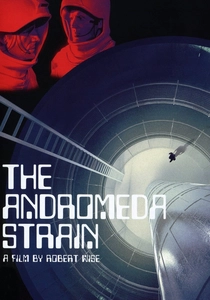
The Andromeda Strain (1971)
Description: A sci-fi thriller about scientists racing to contain a deadly extraterrestrial microorganism. The film focuses on scientific investigation of an unknown biological threat.
Fact: The film was praised for its scientific accuracy, with NASA consultants working on the production. It features one of cinema's first uses of computer-generated imagery.
 Watch Now
Watch Now 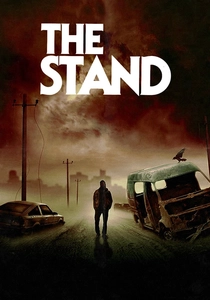
The Stand (1994)
Description: A miniseries adaptation of Stephen King's novel about a deadly pandemic that wipes out most of humanity, with survivors drawn into a battle between good and evil. It explores societal rebuilding and human nature.
Fact: At the time, it was the most expensive miniseries ever made for television. The production used over 125 speaking roles and 12,500 extras.
 Watch Now
Watch Now 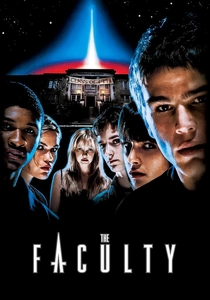
The Faculty (1998)
Description: A sci-fi horror where high school students discover their teachers are being taken over by alien parasites. The film combines body horror with teen rebellion themes.
Fact: The script was originally written as a serious horror film before being rewritten as a teen movie. Several cast members later became major stars.
 Watch Now
Watch Now 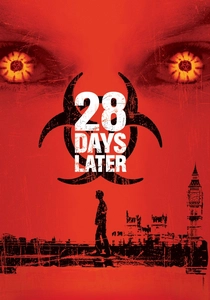
28 Days Later (2002)
Description: A post-apocalyptic horror film where a virus turns people into rage-filled killers, forcing survivors to navigate a collapsed society. The story examines human resilience and moral decay in crisis.
Fact: The film was shot on digital video to achieve a gritty, realistic look. The iconic empty London scenes were filmed at dawn with police permission to block traffic.
 Watch Now
Watch Now 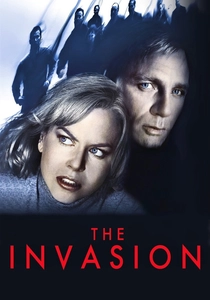
The Invasion (2007)
Description: A sci-fi thriller where an alien virus spreads through human contact, suppressing emotions and creating conformity. The film examines loss of individuality and the nature of humanity.
Fact: This was the fourth adaptation of Jack Finney's novel 'The Body Snatchers'. Production was troubled, with extensive reshoots and multiple endings filmed.
 Watch Now
Watch Now 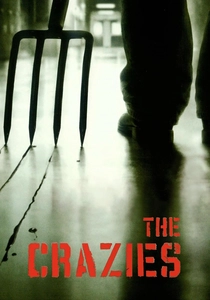
The Crazies (2010)
Description: A remake about a small town where a mysterious toxin turns residents into violent killers, leading to military quarantine. The film explores government response to outbreaks and societal breakdown.
Fact: The film's premise was inspired by real military experiments with biological weapons. Many scenes were improvised to create more authentic reactions from actors.
 Watch Now
Watch Now 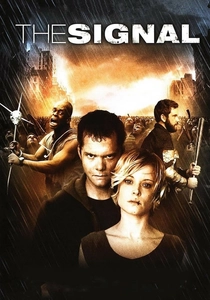
The Signal (2007)
Description: A horror-thriller where a mysterious signal broadcast over all electronics drives people into homicidal madness. The film examines technology's role in societal collapse and mass hysteria.
Fact: The film was made by three directors who each helmed separate segments with different tones. It was shot in just 15 days on a minimal budget.
 Watch Now
Watch Now 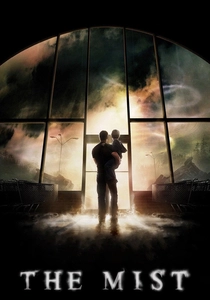
The Mist (2007)
Description: A psychological horror film where a mysterious mist envelops a town, causing people to turn on each other as they face an unknown threat. The film explores themes of paranoia, survival, and human nature under extreme stress.
Fact: The film features a controversial ending that differs from Stephen King's original novella, which King himself praised. It was shot in Shreveport, Louisiana, to take advantage of tax incentives.
 Watch Now
Watch Now 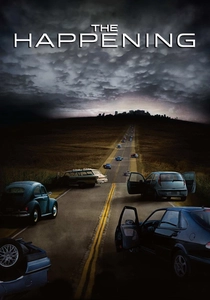
The Happening (2008)
Description: A thriller where an inexplicable phenomenon causes people to commit mass suicide, leading to societal collapse. The film delves into fear of the unknown and the breakdown of civilization.
Fact: This was M. Night Shyamalan's first R-rated film. The premise was inspired by real-life events where animals exhibited strange behavior before natural disasters.
 Watch Now
Watch Now 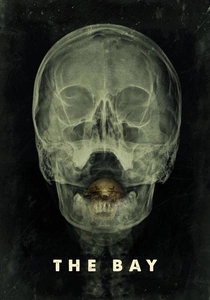
The Bay (2012)
Description: A found footage horror film about a small town where a waterborne parasite causes horrific mutations and death. The film uses ecological horror to critique environmental neglect.
Fact: The film incorporates real scientific data about pollution in the Chesapeake Bay. Director Barry Levinson used unknown actors to enhance the documentary feel.
 Watch Now
Watch Now 
